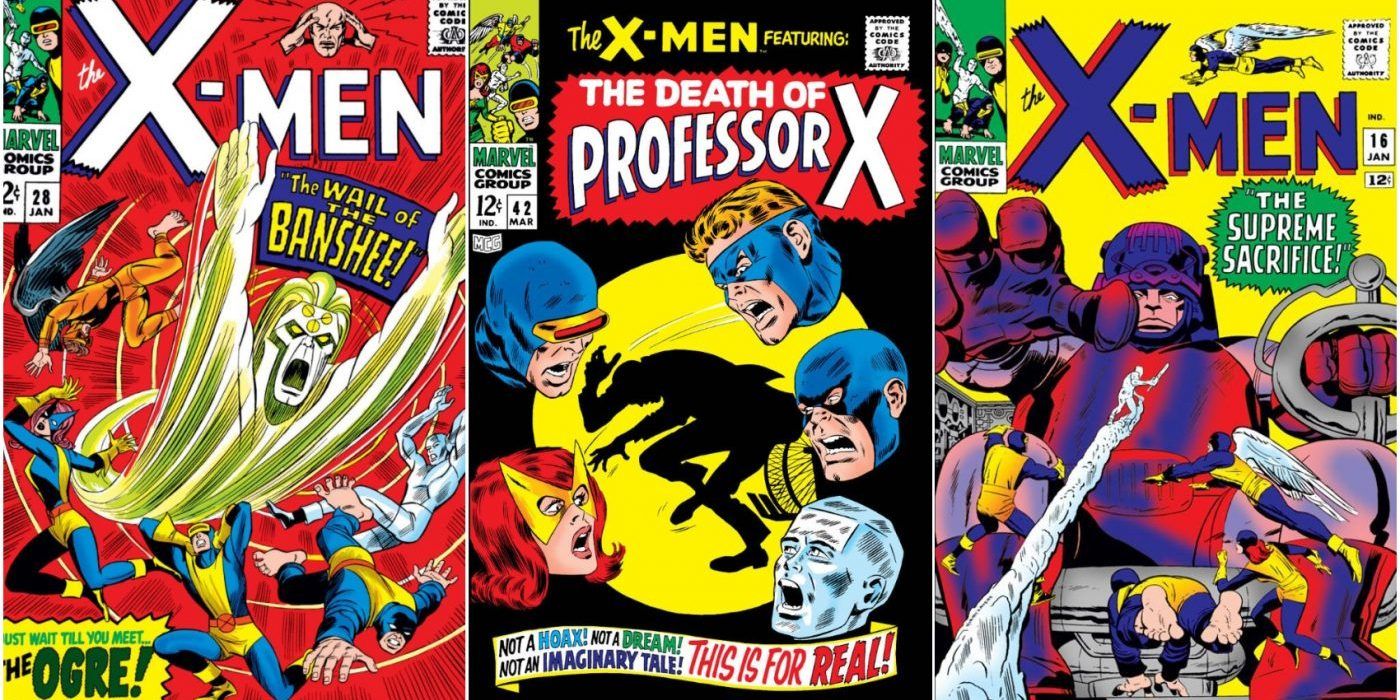
The 1960s were a turbulent decade for the X-Men. While many of their Marvel peers would find huge success, their popularity dwindled as time went on. Despite a strong start, the concept of a mutant hero would not capture the imagination of the public. They would end the decade with a flagging title that would need rebooting in the '70s.
Despite this, they did have a lot of positive points. They would introduce a host of characters that would lay the foundation for decades to come. In addition, some of the most iconic artwork from any title produced can be found both in their pages and on their covers.
10 The Brotherhood

Issue #4 introduced the Brotherhood of Evil Mutants and provided a spectacular cover to do so. It put aside the all-out action of previous issues and opted for a sedate portrait of the villains. Their outfits and brooding nature gave them the qualities of a Brothers Grimm fairytale.
Not only was it the return of Magneto, not seen since the first issue, but it was the debut for a number of important characters. These included future Avengers Quicksilver and the Scarlet Witch. It was also one of the few times that Magneto was seen with his own private army.
9 Introducing The X-Men

The cover to issue #1 is as much a homage to the era as it is to the characters. The X-Men come bounding into action resplendent in blue and yellow uniforms. Their archenemy, Magneto, sits in stark contrast in his red and purple garb.
The first issue of X-Men packed a mind-boggling number of characters and references. Not only did it introduce the concept of mutants, but also the X-Men squad and Magneto. The male members had already formed a team, and the arrival of the female Jean Grey upsets the balance and provides the plot device to develop the squad.
8 Introducing Havok
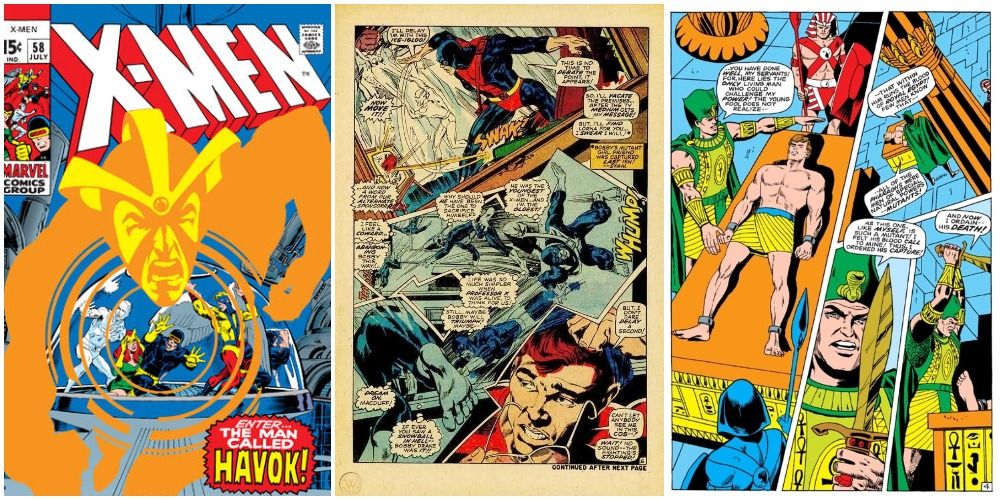
The introduction of Havok came extremely late in the decade. Issue #58 introduced Cyclops' brother, Alex Summers, as a new hero. Artist Neal Adams used a surreal overlay of the character, with the X-Men squad beneath encased in a glass globe.
The issue itself is important, not just as the first appearance of Havok, but because of the groundwork it would lay for the mutant-hunting Sentinels. It cemented their ongoing legacy, and also featured an appearance by the Living Monolith, as well as Banshee who would soon become a member of a new, updated team of X-Men.
7 The Origin Of Professor X
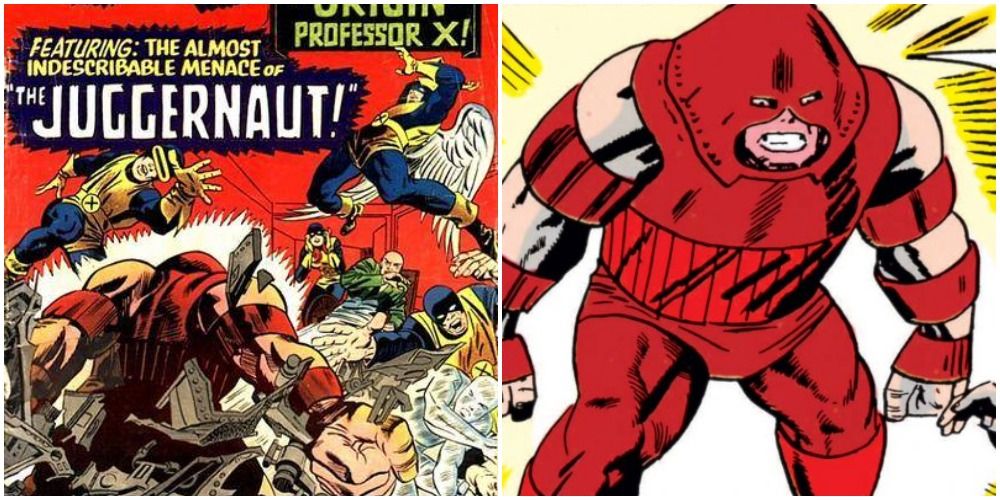
Despite the shared heading, the origin of Charles Xavier is not the draw in this book. Instead, the focus is the first appearance of the mighty Juggernaut. In this Jack Kirby classic, the villain's back is turned to the viewer, as the X-Men recoil at his awesome power.
Not only would it tell the origin of Professor X, but it would serve to flesh out one of their most iconic enemies. The Juggernaut would at one point even become an X-Man. He would remain one of the strongest characters in the Marvel universe, even facing off against the Hulk on various occasions.
6 Now Shall Appear The Mimic
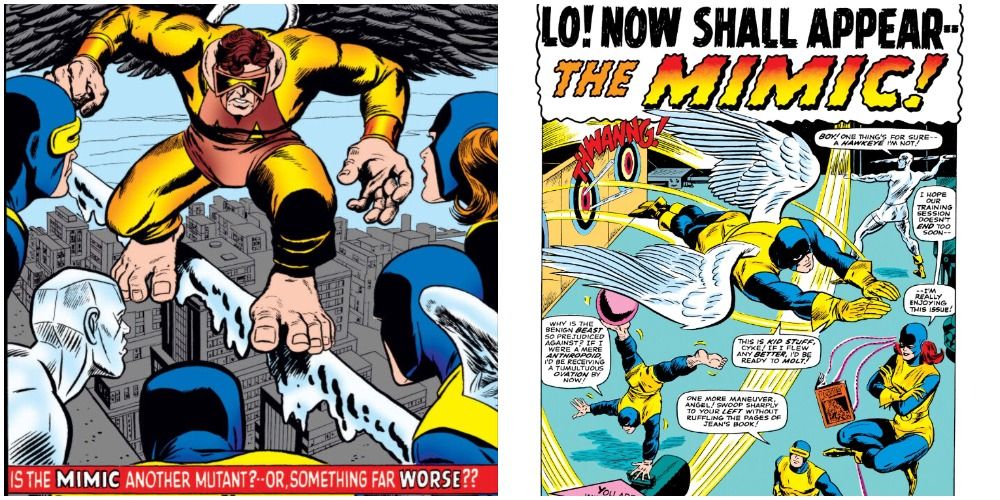
While there were a number of crazy outfits in the '60s, Mimic could hold the crown for the strangest. Not only was his oversized feet and angel wings a very odd look, but it was also combined with a brown and yellow jumpsuit. Topped off with triangular lens glasses, it all made for a very intriguing villain.
Produced by Werner Roth, the cover has this odd character front and center while the bewildered X-Men watch on. The issue starts not with a plot for world domination, but a teenage punch-up. It ends with Mimic discovering the identities of the X-Men and an attempt to capture Jean Grey.
5 The Supreme Sacrifice
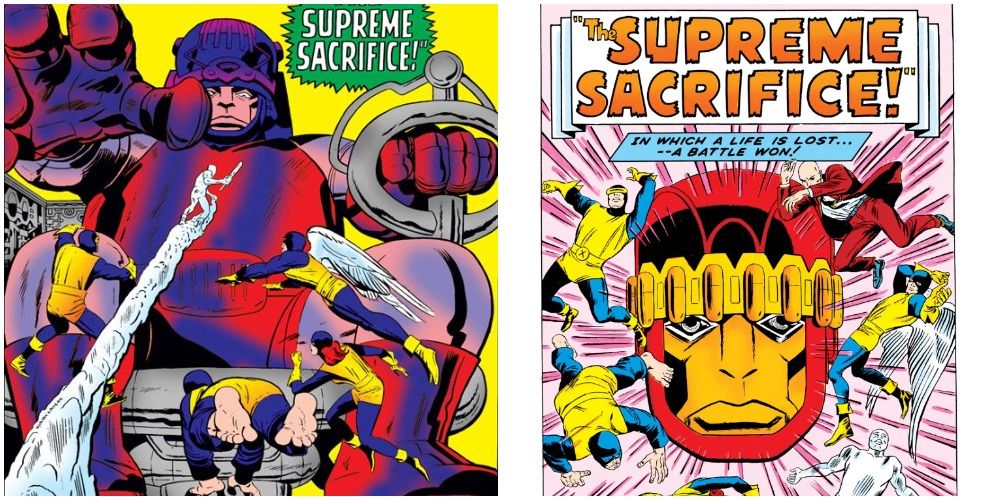
This issue was part of the "Among Us Walk The Sentinels" storyline. It was here that the X-Men's mutant-hating enemies would be introduced. Each issue had an excellent cover, with honorable mention to issue #14.
It features a brooding, slightly offset Master-Mold as he is attacked by the X-Men. A bright yellow background ties the whole theme together, mirroring the closure of the arc. Jack Kirby's excellence is apparent. His depiction of the Sentinel remains cold and careless, despite the fact that he is being assaulted by the X-Men.
4 The Wail Of The Banshee
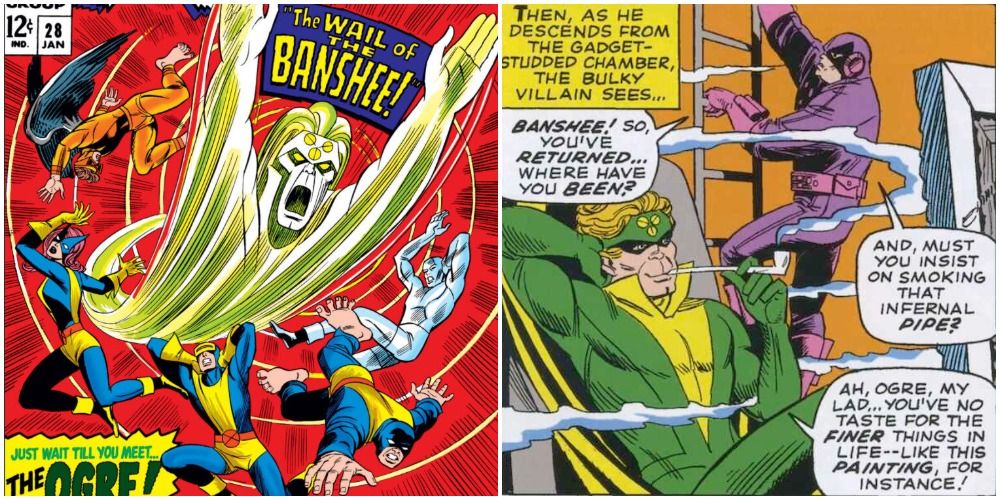
Banshee would later go on to become a major player in the new, all different X-Men team. However, on his first appearance, he was a very different character. His debut was as an art thief, who used his sonic screams to steal a valuable landscape painting.
The cover depicts Banshee as wind-like totem character. It is a far cry from the view of him we would later get. In fact, even in the pages, he was depicted with a more human likeness. The cover even included Mimic as an honorary member of the X-Men.
3 The Death Of Professor X
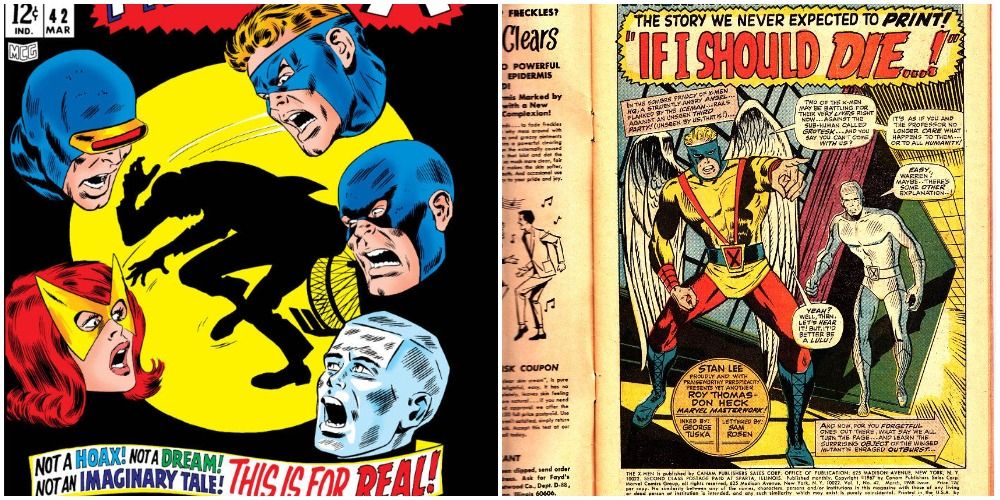
By this point in the decade, it was apparent that the X-Men comic was not catching on with readers. Though unconfirmed, it is likely that this accounts for the change in the layout of the title at the time, with the X-Men name itself often taking a back seat on the cover to the title of the story inside.
To start it off, this title was a real attention grabber. The team's mentor since issue #1 does indeed perish, after multiple disagreements with the students. It would signal a movement that would take them into the next decade and a changing of the guard in the mutant world.
2 The Uncanny Threat Of Unus The Untouchable

Amidst retail shelves of exploding primary colors, Jack Kirby chose to go minimalist on this issue. The center image features Unus, resplendent in his purple outfit, with X-Men bouncing from his untouchable frame.
The most interesting thing about the whole issue is the Beast taking up residency as a pro wrestler. Unus would be the third person to attempt to join the Brotherhood of Evil Mutants. Due to the failure of the Blog and Namor previously, he spends the issue trying to prove his worth by beating an X-Man.
1 The Mark Of The Monster
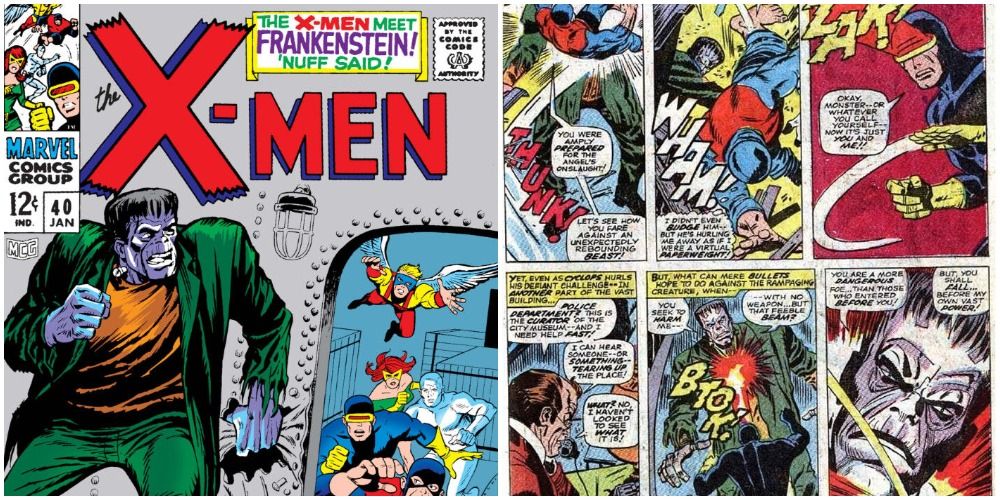
Often forgotten due to the inclusion of a crazy storyline, the cover of issue #40 is probably one of the more memorable things about the comic. It features a picture of Frankenstein's monster, waiting behind a door in an ambush for the X-Men.
By this point in the series, the book was featuring two stories in a bid to boost its flagging readership. The second story was much more interesting. It involved a plot featuring the young Scott Summers and Jack 'O Diamonds. Why this was not used for the main feature is a mystery.
0 Comments